Pratt DAHRC presents the first series of concept design explorations at the Future Interfaces event on Tuesday November 18th at Razorfish, curated by the NYC Media Lab.
HEXENSE: Holographic Interactive Kiosk for the Six Senses
HEXENSE is a multi-sensory experience kiosk using holographic and haptic technology. The six screens represent each of the six senses. Although there are many more senses, the six senses most noteworthy are:
AUDITORY (SOUND)
OLFACTORY (SMELL )
TACTILE (TOUCH)
GUSTATORY (TASTE)
KINESTHETIC (POSITION / MOVEMENT)
The user is able to experience a high level of engagement, with the immersive holographic kiosk and the haptic Feelscreen technology by Senseg.
HEXENSE is realized by the following Pratt DAHRC Researchers:
HyukJae Henry Yoo
Michael Schafler
Kevin Hoil Yoo
Virginia Camilo of BASHIBA
TOUCHING IS SEEING: Why Haptic Screens?
Blind people can use the elevator because most elevators offer braille. Even without braille, they count and memorize the number and positions of the buttons to get around the buildings.. They see with their hands.
In fact, we all see with our hands. As we approach he entrance to our home, we already have the car key chosen from the keychain without looking, because it has a different shape and feels different. We find the light switch on the wall in the darkness because we can feel it. Touching is seeing.
The plethora of touch-screen based interfaces replacing physical buttons, switches, and knobs have brought about flexibility & versatility for interaction designers on one hand, while successfully rendering everyone blind if they are looking at at the screen. People can no no longer text safely while keeping the eyes on the road while driving, hence the debate concerning driving-while-texting laws. A recent trip up to Boston included spotting a highway stop named “Text Stop” which testifies the extent of this reality.
Enter haptic screens. Now when you select the text on screen, you can “feel” that you have selected the entire word. You can take a photo of a person using the camera on your phone, and then run your finger across the screen to feel that the person in the photo feels different compared to the background shown on the photo. You can also use drawing apps to draw lines and shapes in different colors, and when your run your finger across the screen, each area feels different. How? Senseg Feelscreen interface based on the Tixel(Texture-Pixel) techonology.
Senseg company of Finland has possible brought to the world a significant leap forward in user interface. Along with the shape-changing polymers, the Senseg’s electro-static based tactile haptic feedback offers yet additional level of heightened experience for the user, possibly taking haptic interfaces beyond the popular games & entertainment market and into wider part of the society.
TECHNOLOGY
The core technology which is put to application in these concept studies is the Feelscreen technology by Senseg of Finland.
Dave Rice of Senseg on C|NET demonstrates the prototype of touch-feedback technology
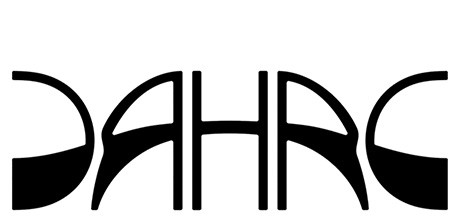
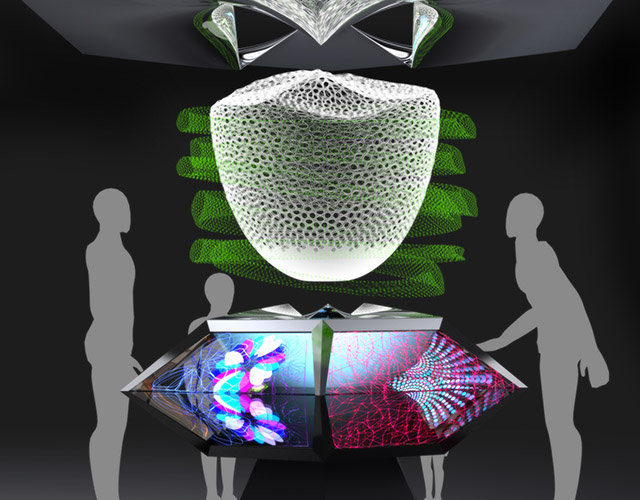
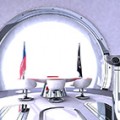
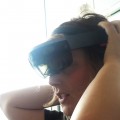


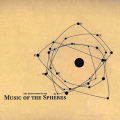
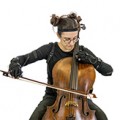
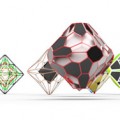



blade & soul gold
blade & soul gold
How do you work here ?